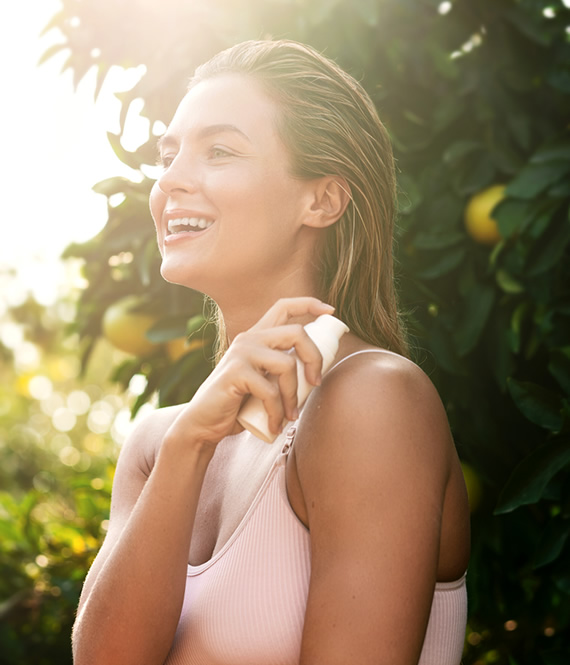
How to Choose the Right Active Sunscreen Ingredients
We recommend helpful products in our articles. Read our full disclosure here. The content on this website is not intended to be a substitute for professional advice, diagnosis, or treatment.
The sun – that big, looming orange ball in the sky – is something we’re all told to get more of but also to be wary of.
Staying out in the sun too long without any skin protection can lead to skin damage, including the potential of developing skin cancer.
There are a lot of sunscreen products on the market, but knowing which product is best for you depends on being able to identify the best ingredients.
That’s why we’re going to explain some of the most common active ingredients in sunscreen products and what they’re best for.
What are Active Ingredients?
On any bottle of sunscreen, you will typically see a list of “active ingredients” front and center and then a secondary list of inactive ingredients somewhere else on the bottle.
Active ingredients are the chemical components that actually work to block UV rays.
Examples of active ingredients include oxybenzone, avobenzone, octinoxate, octocrylene, benzophenone, octyl methoxycinnamate, and homosalate.
The inactive ingredients are typically fillers that work to enhance the active ingredients’ effectiveness, extend the shelf-life of the product, or for other cosmetic reasons.
Why It’s Important to Identify Active Sunscreen Ingredients
Different people have different needs for skin care.
You may need a sunscreen lotion that has more hydrating ingredients, for example, or a sunscreen that’s waterproof, while someone else might need a sunscreen that’s oil-free and broad-spectrum.
Allergic reactions to certain ingredients can also occur in some cases.
The American College of Allergy, Asthma & Immunology (ACAAI) has found that active ingredients most likely to trigger allergic reactions in a subset of users are:
- Oxybenzone
- Benzophenone-3
- Cinnamates
- Dibenzoylmethane
There are currently 16 sun-filtering ingredients approved by the FDA for use in sunscreen lotions, but manufacturers commonly stick to 8.
These are:
- Avobenzone
- Homosalate
- Octinoxate
- Octisalate
- Octocrylene
- Oxybenzone
- Titanium dioxide
- Zinc oxide
But without knowing what those active ingredients specifically do, you may be purchasing the wrong sunscreen lotion for your skin.
If you have dry skin, you want a lotion with hydrating ingredients, such as hyaluronic acid.
If you have oily skin, you want a lotion that doesn’t leave you feeling greasy and clogged.
Ingredients to avoid would be homosalate and octocrylene.
If you have sensitive skin, you want a lotion that’s hypoallergenic.
Key ingredients to look for are xylitol, soybean oil, fragrance, and natural sunscreen ingredients, such as zinc oxide and titanium dioxide.
If you have an allergic reaction to any sunscreen, you should immediately wash your skin and apply a 1% hydrocortisone OTC cream (if you have one) or an antihistamine medication to soothe the skin.
What SPF Level Do You Need?
We usually recommend that people use sunscreen with an SPF of 30 or higher.
For most people, that means that you should apply a product with an SPF between 30 and 50.
But first, you should understand a little about what SPF levels actually mean.
The SPF number is an indicator of how long the sunscreen protects your skin from burning under the sun, if you use the product exactly as directed.
So an SPF-30 lotion will protect your skin 30x longer than not using any sunscreen at all.
Of course, this becomes a little complicated because some skin types burn faster than others.
For people with very fair skin that easily turns “lobster red” when exposed to sunlight, an SPF of 30 or higher is generally recommended.
Pevonia has a great hydrating sunscreen with an SPF-40 level, so it benefits people with very fair skin.
People with darker skin can generally use SPF 15 – 30, due to natural sun protection from skin melanin – but they should still consider UV’s harmful rays, not only the time it will take for them to burn.
Final Words
Finding the absolute best sunscreen for your skin may take a little bit of experimentation.
However, it’s so crucial that you do it.
Keeping your skin protected from the sun is your first line of defense against aging and premature skin damage.
If you have very sensitive skin, try dab tests before applying large amounts of sunscreen.
Wait for about 30 minutes.
If you have no redness or irritation, you can apply the product again.
If you have redness or irritation (or both!), stop and reapply a different sunscreen.
"We love to research problems, examine studies, analyze solutions, and share with you ideas that make life healthier. You can learn about us and our editorial standards here. Have suggestions or feedback to share? Send us a message!."


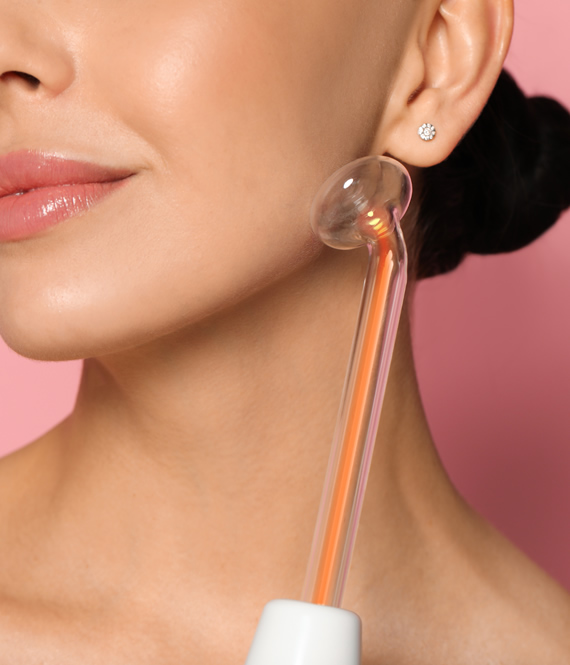
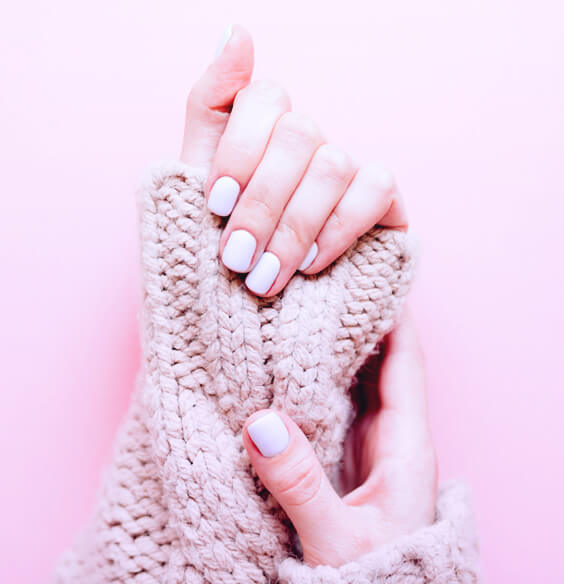
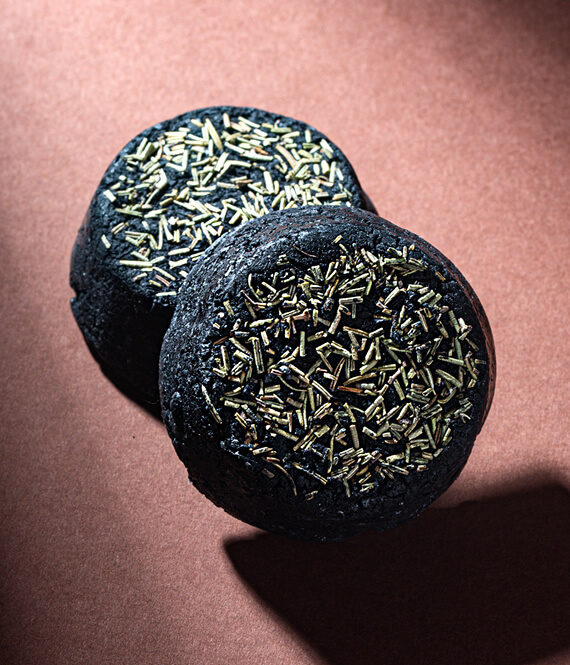



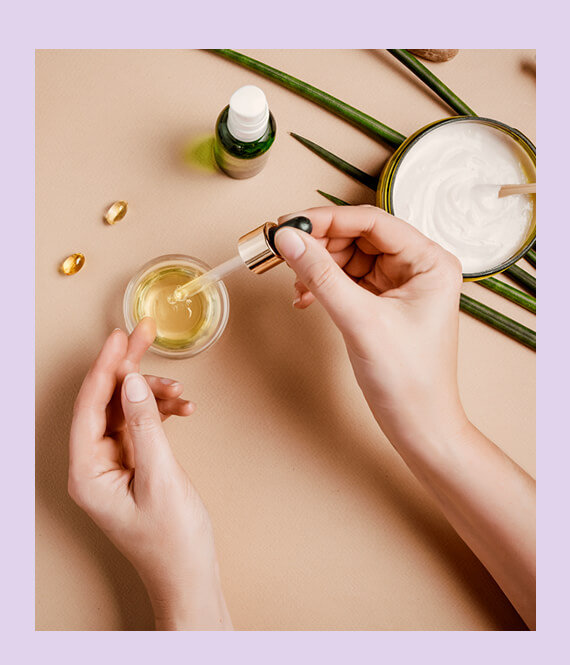




Leave a Comment